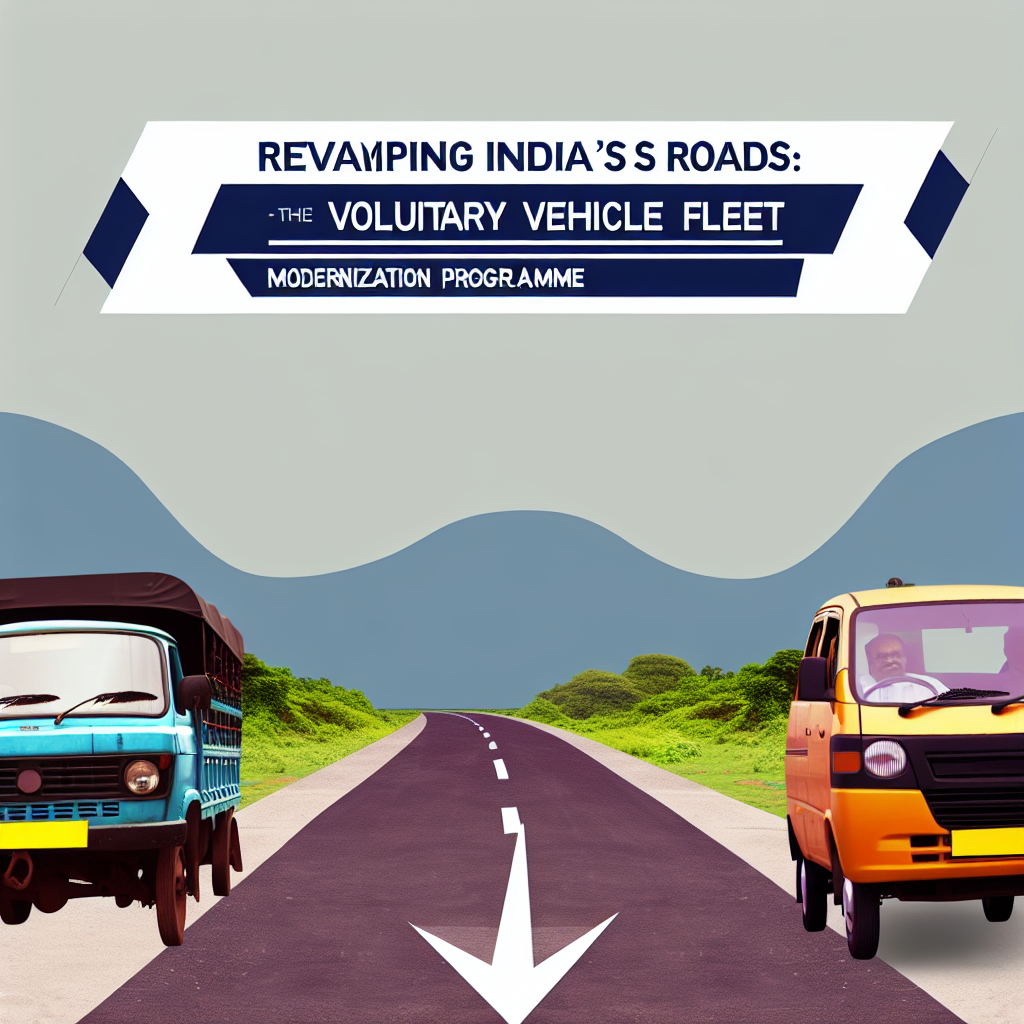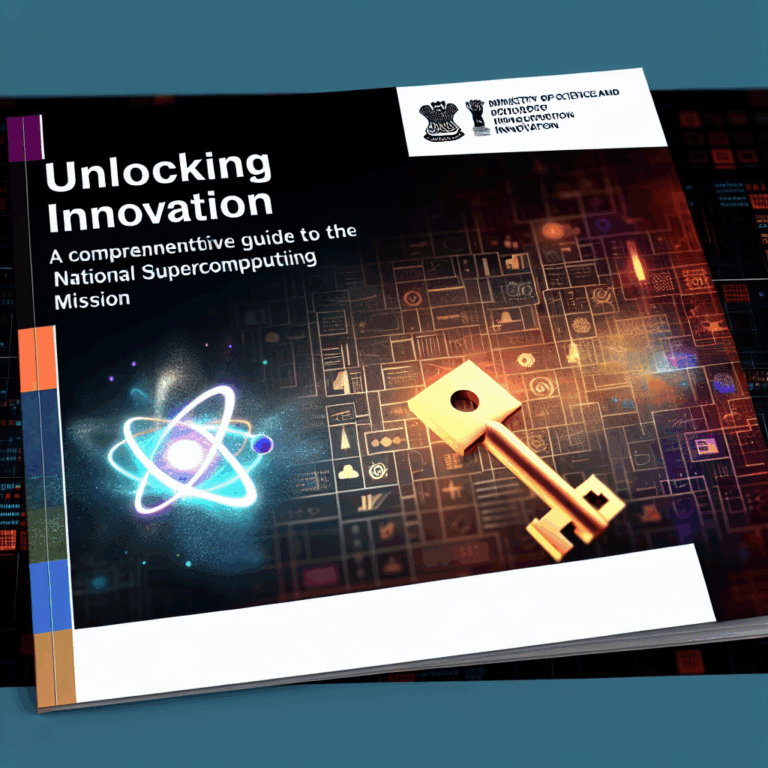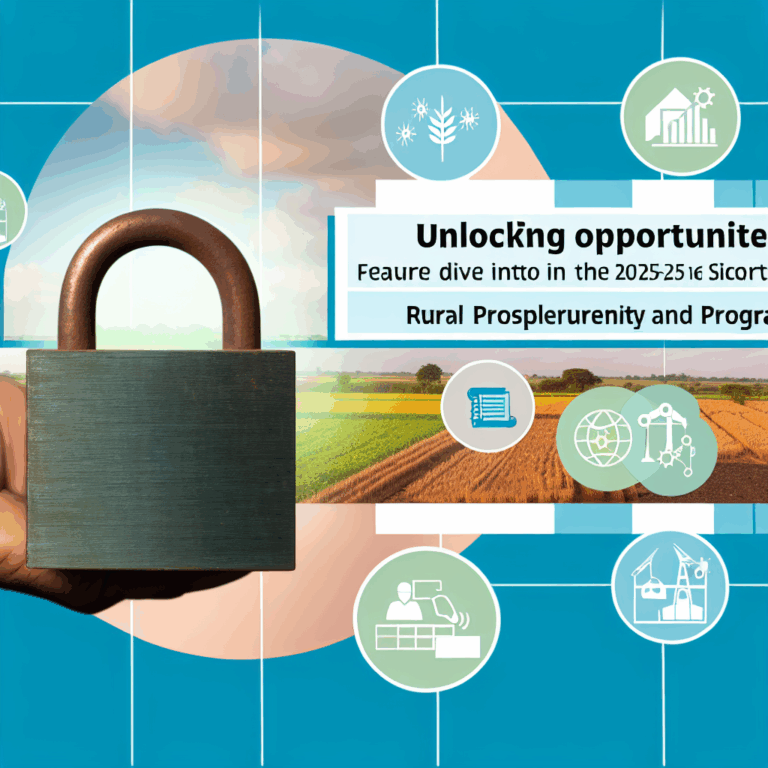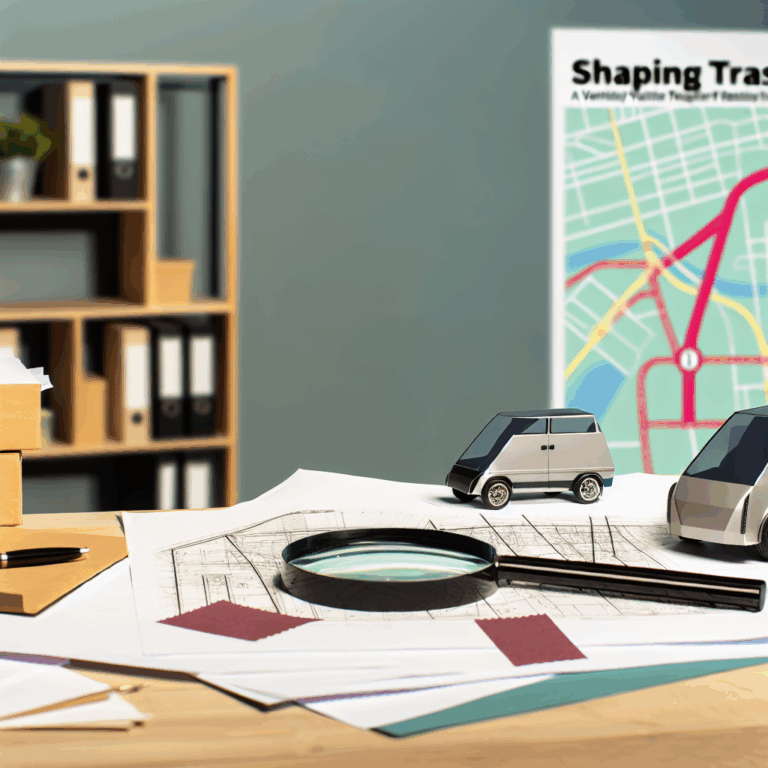Copyright @ 2023 www.digimitr.com. All rights reserved.

Revamping India’s Roads: An In-Depth Look at the Voluntary Vehicle Fleet Modernization Programme by the Ministry of Road Transport & Highways
Learn about the key aspects of the government scheme titled “Revamping India’s Roads: An In-Depth Look at the Voluntary Vehicle Fleet Modernization Programme by the Ministry of Road Transport & Highways”. This scheme is overseen by the relevant ministry and aims on delivering benefits to eligible beneficiaries.
Here is a comprehensive overview:
India’s roads serve as the lifeblood of its economy and transportation network, with over 5 million kilometers of roads connecting urban and rural areas. However, an aging vehicle fleet poses risks, including safety hazards, increased emissions, and inefficiencies. In response to these challenges, the Ministry of Road Transport & Highways (MoRTH) launched the Voluntary Vehicle Fleet Modernization Programme (VVMP). This initiative aims to rejuvenate India’s transport systems through the gradual replacement of older vehicles with newer, more fuel-efficient models, promoting sustainability and safety.
Eligibility Criteria
The VVMP aims to facilitate the modernization of commercial vehicles and is primarily aimed at operators of freight and public transport vehicles over a certain age. The eligibility criteria include:
- Vehicle Age: Vehicles older than 15 years for commercial trucks and buses.
- Verification: Vehicles must be validly registered with appropriate documentation confirming their age and operational status.
- Public Transport Focus: Priority is given to those operating in public transport sectors, contributing to the greatest impact in urban areas.
Key Features and Benefits
The VVMP comprises various features designed to enhance its effectiveness. Some of the vital aspects include:
- Incentives and Subsidies: The program offers financial incentives for vehicle owners who voluntarily scrap their old vehicles when purchasing new ones. This can significantly lower the upfront cost and encourage compliance.
- Eco-Friendly Alternatives: The initiative promotes the use of electric and hybrid vehicles, aligning with the government’s broader goals of reducing carbon emissions.
- Safety Standards: Newer vehicles must adhere to the latest safety standards and regulations, thereby reducing road accidents and improving overall safety.
- Fuel Efficiency: By replacing older vehicles, the program enhances fuel efficiency, leading to decreased fuel costs and better performance.
The long-term benefits of the VVMP extend to enhanced environmental conditions by lowering vehicular emissions, thereby contributing positively to public health and urban air quality.
Application Process
The application process for the VVMP has been streamlined to ensure transparency and ease for participants. The steps include:
- Online Registration: Vehicle owners must register through the official MoRTH portal, providing details about the vehicle and ownership.
- Document Verification: Submitted documentation is verified to confirm eligibility based on provided criteria.
- Scrapping Facility Coordination: Once approved, applicants are guided to authorized scrapping facilities for the disposal of old vehicles.
- New Vehicle Purchase: After scrapping, participants can avail financial benefits while purchasing a new vehicle from registered dealerships.
Funding and Budget
The VVMP is structured as a government-led initiative to provide a substantial financial framework. The funding includes:
- Government Allocation: The initial budget allocated to the VVMP is aimed at developing scrapping facilities and incentivizing new vehicle purchases.
- Public-Private Partnerships: Collaborations are established with private stakeholders to bolster investment and infrastructure development.
- Potential Foreign Investments: The Indian government is also open to attracting foreign investors interested in green technologies and modern vehicle manufacturing.
This financial structure is pivotal in ensuring the program’s sustainability and effectiveness over the long term.
Achievements or Impact
Since its inception, the VVMP has shown significant progress in revolutionizing India’s vehicle fleet. Highlights include:
- Reduction in Pollution: Early reports indicate a measurable decrease in vehicular emissions in metropolitan areas, showcasing environmental benefits.
- Improved Road Safety: A marked reduction in accidents has been observed due to newer vehicles’ adherence to safety standards.
- Economic Growth: The replacement of old vehicles with modern ones has led to enhanced operational efficiency, contributing positively to the logistics and transport sector.
Challenges
Despite its successes, the VVMP faces several challenges. One prominent issue is public skepticism regarding the financial viability of scrapping older vehicles. Many vehicle owners hesitate to participate due to the perceived affordability of new vehicles. Additionally, the availability of authorized scrapping centers is uneven across states, which can complicate implementation. Sustaining motivation among vehicle owners over an extended period also presents a challenge, requiring continuous public engagement and marketing.
Recent Updates
Recent developments in the VVMP signify the government’s commitment to updating the program continually. Increasingly, the initiative is now incorporating elements of smart transportation. For instance, new digital platforms that facilitate easier access to scrapping information and incentives have been implemented. Furthermore, several states have launched awareness campaigns to promote the program, emphasizing its long-term benefits for public health and economic stability.
Conclusion
The Voluntary Vehicle Fleet Modernization Programme represents a significant step forward in India’s quest for a cleaner and safer transportation infrastructure. By promoting the transition to newer vehicles, the initiative not only tackles pressing environmental issues but also rejuvenates economic prospects in the automotive sector. While challenges remain in reaching widespread participation, the framework set by VVMP has laid a foundation that could steer India towards modern, efficient roads. Continued commitment from both governmental and non-governmental entities is essential for ensuring the sustainability and success of this initiative.
FAQs
1. Who can participate in the VVMP?
Primarily, owners of commercial vehicles that are over 15 years old can participate. This includes operators of trucks and buses that are integral to public transport.
2. What incentives are provided under the VVMP?
Participants can receive financial incentives that significantly reduce the cost of new vehicles upon scrapping their older ones. These incentives vary based on vehicle type and state policies.
3. How can I register for the VVMP?
You can register online through the MoRTH official website by providing required vehicle and owner details. Further processes for scrap vehicle disposal and new vehicle acquisition are outlined on the portal.
For more information, check out official government site,
Official government website or relevant source not provided.
Stay updated on related schemes and initiatives using hashtags: #Revamping #Indias #Roads #InDepth #Voluntary #Vehicle #Fleet #Modernization #Programme #Ministry #Road #Transport #Highways
Feel free to share about this scheme in the comments below!





